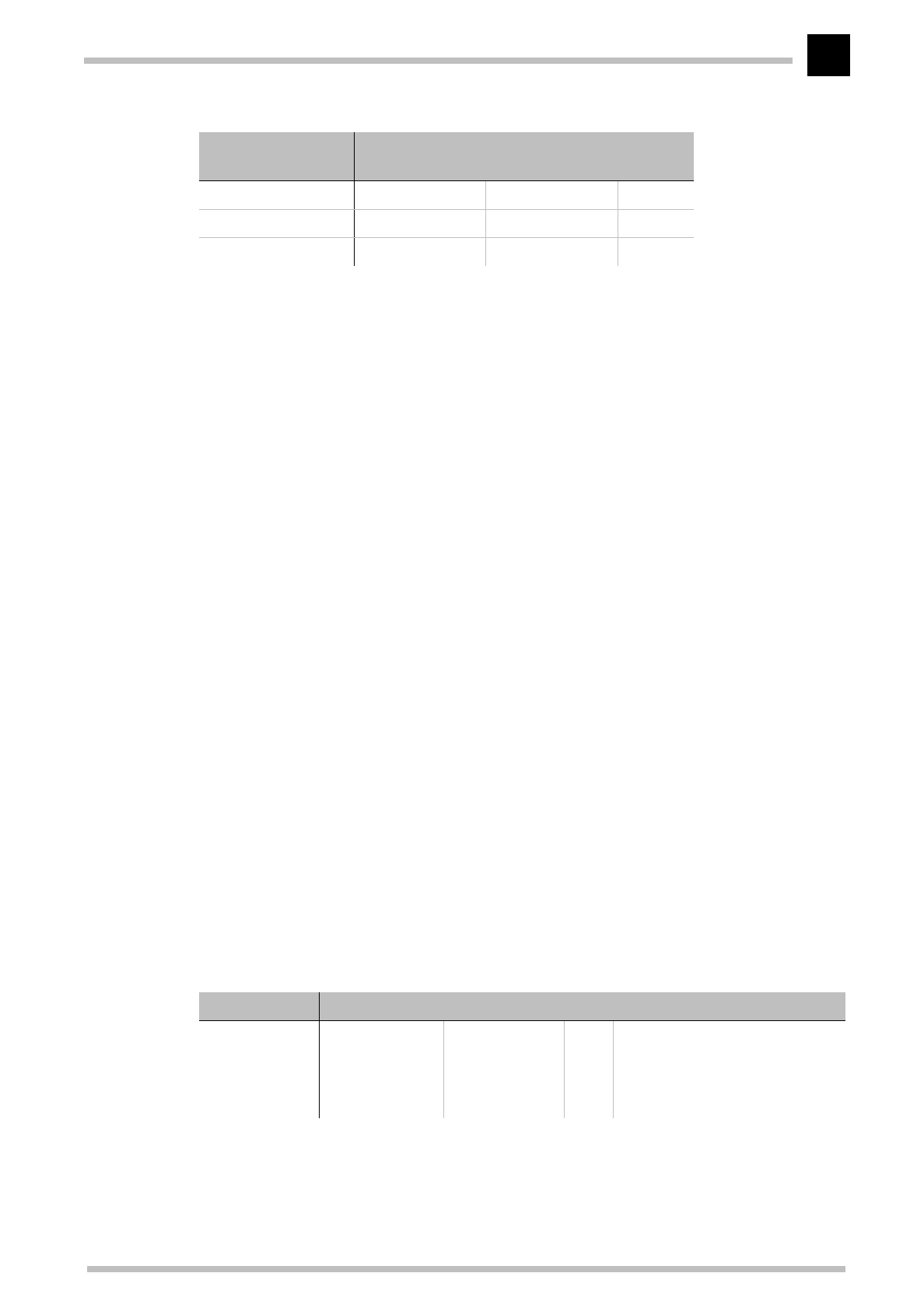
Operating modes and functions
ELSA MicroLink Cable
33
What do the various entries on the list mean?
IP addresses and IP network masks
This is the address of the destination network to which data packets may be sent
and its associated network mask. The router uses the network mask and the
destination IP address of the incoming data packets to check whether the packet
belongs to the destination network in question.
The route with the IP address "255.255.255.255" with a network mask of "0.0.0.0" is
the default route. Any data packets which cannot be routed by other routing entries
are transmitted via this route.
Router Name
The router name indicates what should be done with the data packets that
correspond to the IP address and the network mask.
Routes with the router name "0.0.0.0" describe Exclusion routes. Data packets for
this “zero route“ are rejected and are not routed any further. This is how routes
which are forbidden on the Internet (private address spaces, e.g. 10.0.0.0), for
example, are excluded from transmission.
If a router name consists of an IP address, this means we are dealing with a locally
accessible router, responsible for the transmission of the appropriate data packets.
By default, you will find the entry „CABLE“ in the cable modem, as a router name at
the default route. All IP data packets transferred via this route are forwarded to the
cable interface.
Distance
Number of routers between your own and the destination router.
Examples with explanatory notes:
224.0.0.0 224.0.0.0 0.0.0.0 0
255.255.255.255 0.0.0.0 CABLE 1
192.168.130.0 255.255.255.0 191.168.140.123 1
IP address IP netmask Router Dis-
tance
IP address IP netmask Router name Dist. This is what happens:
192.168.130.0 255.255.255.0 192.168.140.123 0 All data packets with destination
IP addresses 192.168.130.x are
transmitted to the locally accessi-
ble router with the IP address
192.168.140.123.


















